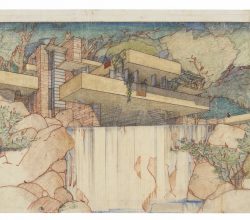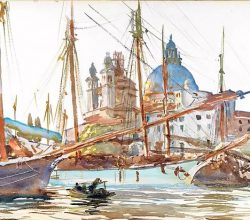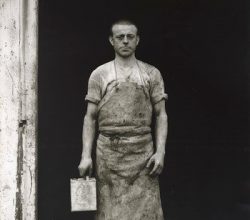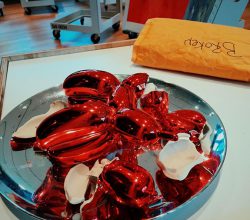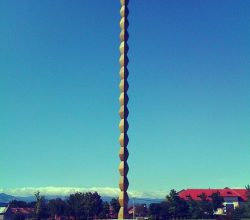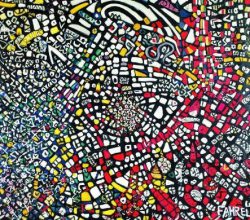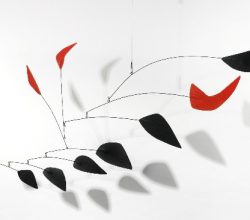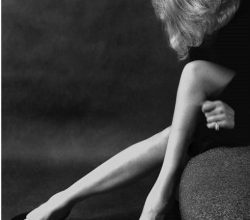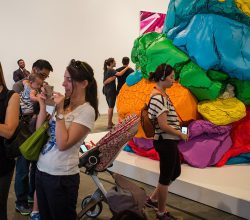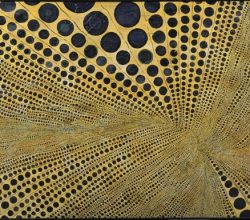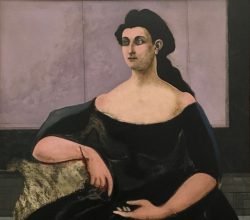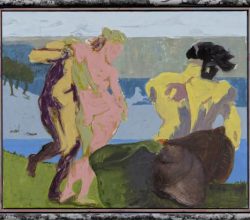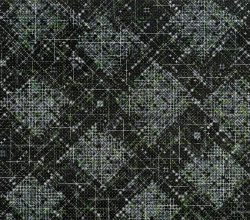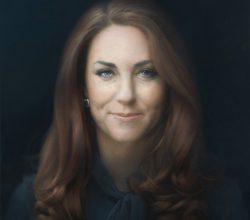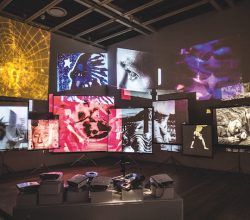
Wayne Thiebaud: 1962 to 2017 – Americana with a cherry on top
Laura Cumming | The Guardian | 4th June 2017
“Luscious Americana” is this writer’s summation of Thiebaud’s renowned images of pies, cakes, hot dogs, ice creams. But these paintings are more than simple images. “His patisserie is so painterly as to imply all sorts of analogies between subject and style. Yet this way of painting is also very fully itself, independent of its subject. Sweet as pie though they first appear, these paintings are a more pensive form of praise.“

